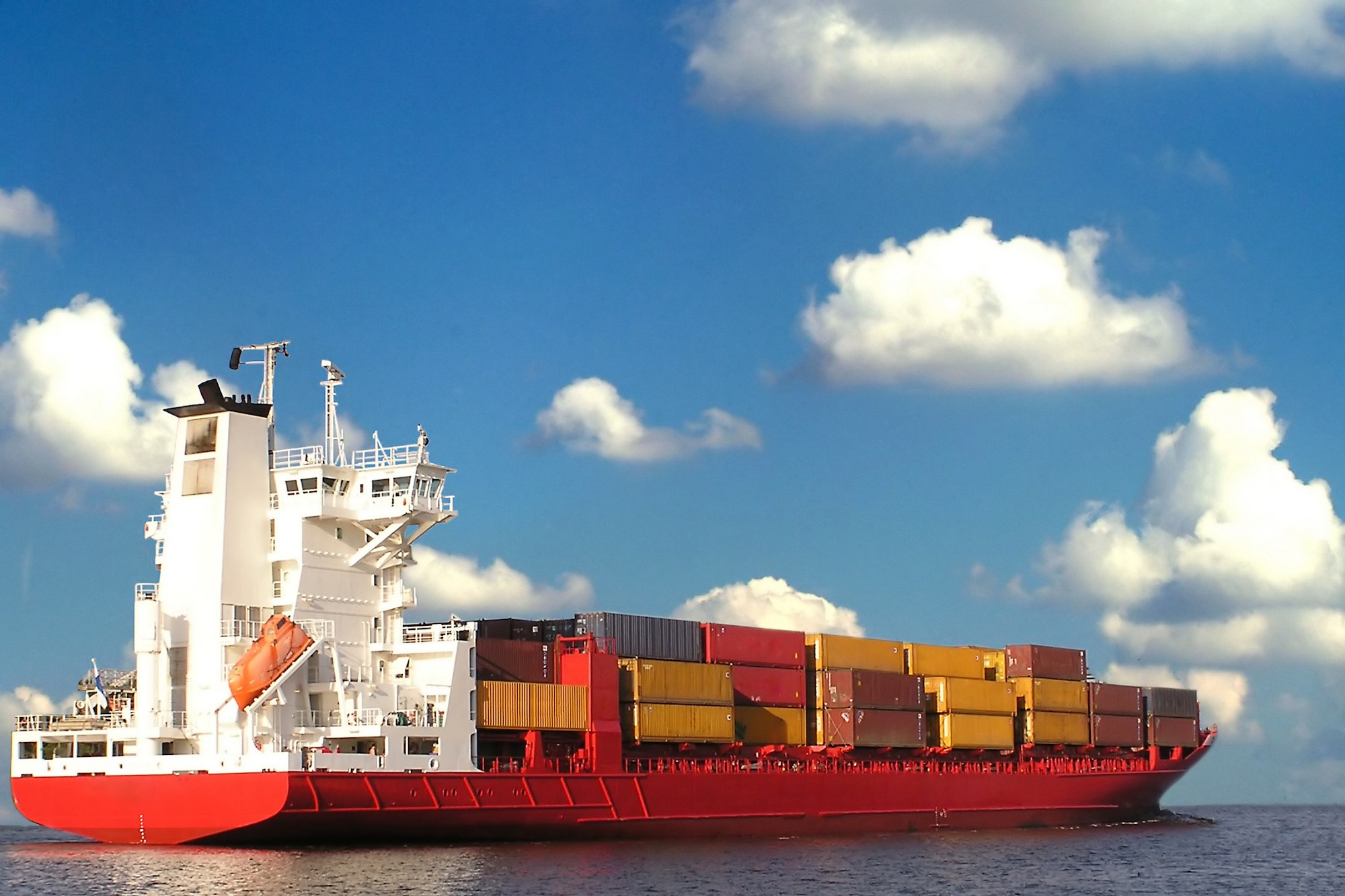What is Freight Shipping? A Guide on Everything You Need to Know
Every day in the United States, roughly 52 million tons of goods are moved on average.
That’s pretty impressive!
If you’re considering sending a large shipment, you’re probably wondering, “what is freight shipping?”
Never fear! Let’s take a deep dive into everything you need to know about freight shipping.
Freight Shipping Meaning: What is Freight Shipping?
Freight shipping is the process of transporting goods, cargo, and commodities by land, air or sea.
Are you wondering, “but what is a freight?” Freight on its own is a word that refers to the goods themselves that are being transported.
The means of shipment transportation are most commonly trucks, railroad cars, and large container ships.
The Different Freight Shipping Modes
When it’s time to send goods via freight shipment, there a number of different options. Let’s take a look at the differences between the different modes of freight shipping.
Less Than Truckload
Also known as LTL, this freight shipping method is designed for shipments that aren’t large enough to require the space of a full truckload but are larger than a parcel.
Typically used for shipments between 150 and 15,000 pounds, this is a good way to ship large but not too large shipments.
Full Truckload
Sometimes shipments justify the use of an entire semi-trailer. These shipments are generally over 15,000 pounds.
There are a number of benefits of shipping freight by the full truckload. This method can reduce the opportunity for freight damage, as your goods are handled a fewer number of times than with LTL shipping. It’s also a relatively cost-effective means of transportation.
Partial Truckload
If your shipment is over 5,000 pounds or six pallets, splitting the cost of a truck with other shippers might be a good option for you.
By sharing the same truck with others that are sending smaller shipments, you can benefit from noticeable cost savings.
Intermodal
Intermodal shipping involves the use of a number of different transportation modes. This can mean some combination of trucks, railroad cars, and ships.
The most common form of intermodal shipping is the combination of truck and rail shipment.
One of the benefits of this method is that using rail can reduce fuel use and therefore lower your costs.
Expedited
Sometimes it’s necessary for your shipment to get to where it’s going quickly.
In these instances, expedited freight shipping exists for the exact circumstance of shipping time-critical shipments. Most often transported by air or truck, this is the method to use if your shipment has an arrival deadline.
The Factors That Impact Freight Shipping Rates
There are a number of variables that will determine how much freight shipping costs. Let’s take a look at what factors influence how much you’ll spend on your freight shipment.
Shipping Method
The different methods of shipping have different costs associated with them. Depending on your circumstances, some shipping methods might be more cost-effective than others.
If you choose to send your shipment expedited, this will cost more than one of the slower shipping methods.
Size and Weight
A key factor in determining the costs of your freight shipment is the weight and dimensions of your shipment.
When measuring your freight, the length and width should be rounded up to the nearest inch.
Precise and accurate weight measurements are important both for determining your costs as well as ensuring that carriers meet DOT regulations.
Origin and Destination
How much your freight shipment will cost will depend on how far it needs to travel. The further the distance between the origin point of shipment and its final destination, the more your freight shipment will cost.
Another factor that can influence freight shipping costs is the proximity of the shipment origin and destination to a major metropolitan area.
Special Services
Some types of shipments require special handling. Things that are perishable, hazardous, or fragile will likely lead to higher shipping costs.
What is a Freight Classification?
The term freight classification refers to a standardized method of classifying shipments by giving them a class number between 50 and 500. This is a way that both the consumers and the carriers can have a uniform pricing structure while using freight shipment transportation.
Your freight classification is based on four characteristics, which are density, stowability, handling, and liability.
What Types of Things Can Be Shipped Using Freight Shipping?
You can ship just about anything on a freight shipment truck.
Depending on what it is you’re trying to send, there might be carriers that specialize in the types of goods that you’re shipping.

Freight shipping can make a lot of sense if you’re a business owner who frequently needs to send large shipments but doesn’t necessarily need to own your own fleet of trucks.
That being said, this isn’t the way to send a simple parcel.
Freight shipping is useful for large, heavy objects that can’t be transported through regular shipping options. Regular parcels are defined as small, lightweight and individual shipments. These shipments are usually limited to 150 pounds are handled by common carriers.
Freight Delivery: The Way to Send Tons of Stuff Wherever You Want
Whether you want to ship a year’s supply of ramen to your college student, save money moving across the country, or move that antique bathtub you just can’t bear to part with, freight shipping is a reasonable way to move a large volume of objects wherever you need it to go.
Did this article answer your question of “what is freight shipping?” If you found it helpful, be sure to check out the rest of our blog for more informative and awesome content!
The post What is Freight Shipping? A Guide on Everything You Need to Know appeared first on ELMENS.
source https://www.elmens.com/featured/what-is-freight-shipping-a-guide-on-everything-you-need-to-know/
Comments
Post a Comment